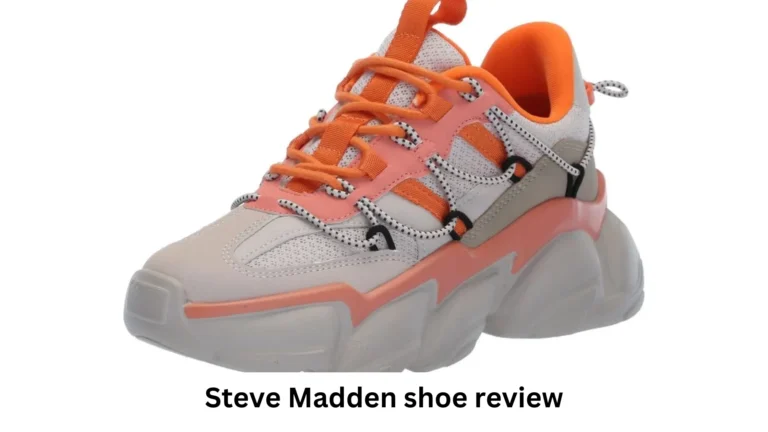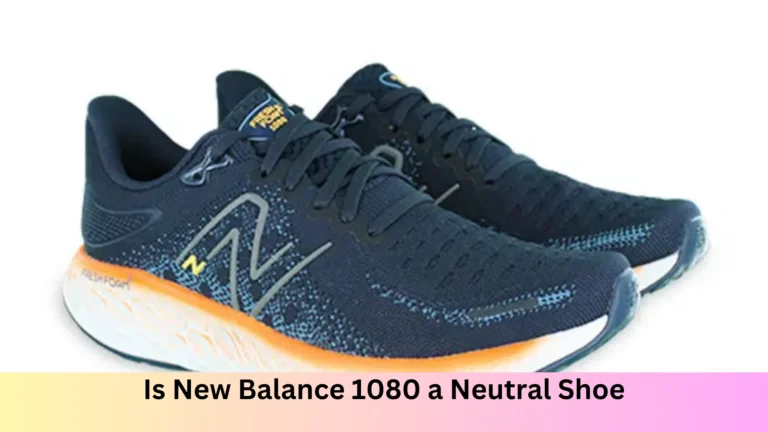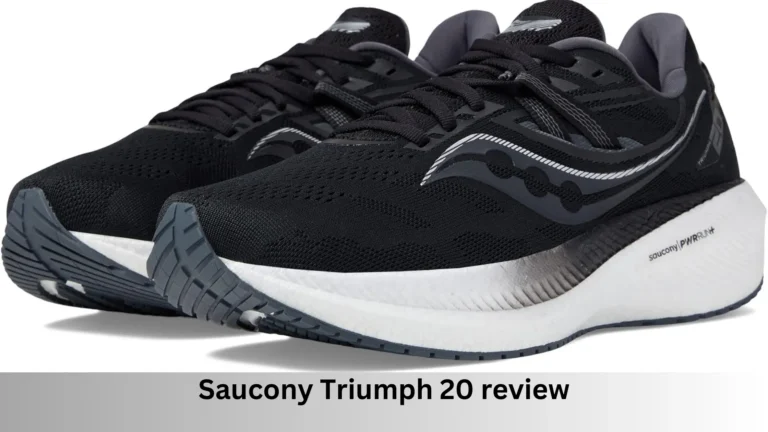
Finding the perfect shoes for your feet isn’t just about style or brand. Your feet carry your entire weight throughout the day, so finding footwear that provides comfort, support, and protection is essential. Whether you are looking for running shoes, work shoes, or everyday wear, selecting the best shoes can prevent foot pain, long-term injuries, and other health issues. In this article, we’ll walk you through the steps of identifying the best shoes for your feet, including tips on fitting, foot types, and what to look for in various shoe categories.
Understanding Your Foot Type
One of the first steps in finding the right shoes is understanding your foot type. There are three primary foot types: neutral, flat, and high-arched. Each requires specific types of shoes to ensure proper support.
- Neutral Feet: People with neutral feet typically have a normal arch. Their feet do not roll inward (pronate) excessively, making them less prone to injuries caused by improper alignment.
- Best shoes for neutral feet: Neutral shoes that offer balance and cushioning.
- Flat Feet: If your arch is low or nearly flat, you are likely an overpronator, meaning your foot rolls inward too much while walking or running.
- Best shoes for flat feet: Motion control shoes that offer more stability and prevent excessive pronation.
- High-Arched Feet: If your arch is very pronounced, you may have high arches. This can cause underpronation, where the foot doesn’t roll inward enough to absorb shock.
- Best shoes for high-arched feet: Cushioned shoes with soft midsoles that provide adequate shock absorption.
You can determine your foot type by either visiting a podiatrist or doing a simple wet test, where you step on a piece of paper with a wet foot and observe the imprint.
Importance of Proper Shoe Fitting
Once you’ve identified your foot type, the next step is finding shoes that fit correctly. Ill-fitting shoes can cause blisters, calluses, and more serious foot problems like bunions and plantar fasciitis.
1. Shoe Size Matters
It may seem obvious, but wearing the correct shoe size is crucial for both comfort and health. Over time, your foot size can change due to weight gain, pregnancy, or aging. Make sure to measure both feet every time you buy new shoes, as your feet can be different sizes. Always choose the size that fits the larger foot.
2. Fit the Widest Part of Your Foot
Shoes should accommodate the widest part of your foot without feeling too tight. If your shoes pinch in this area, you’re likely to experience discomfort and pressure points, which can lead to long-term damage. Be aware that different brands and styles may fit differently, even if they are the same size.
3. Leave Room for Your Toes
A common mistake many people make is choosing shoes that don’t leave enough room in the toe box. There should be about a thumb’s width of space between your longest toe and the front of the shoe. This prevents cramping and allows your toes to move naturally when walking.
4. Try Shoes Later in the Day
Feet tend to swell throughout the day due to walking and standing. If you buy shoes in the morning, you might end up with a pair that feels too tight by evening. Try shopping for shoes later in the day when your feet are at their largest.
5. Walk Around in the Shoes
Always walk around in shoes before buying them. Pay attention to any rubbing, slipping, or discomfort. Shoes that feel perfect while sitting may not feel as good when you’re walking.
Features to Look for in Good Shoes
Not all shoes are created equal, and some features are more important than others when it comes to comfort, support, and durability. Here’s what to look for in different parts of the shoe:
1. Cushioning
Cushioning is important for comfort and shock absorption. The best shoes for high-impact activities, like running or walking, should have adequate cushioning in the heel and forefoot. For everyday wear, a moderate level of cushioning is usually sufficient.
2. Arch Support
Arch support is especially important for those with flat or high-arched feet. Proper arch support helps distribute your body weight evenly across your feet and prevents foot pain and injuries.
3. Breathability
The material of the shoe affects how well your feet can breathe. Shoes made from breathable fabrics, like mesh or leather, allow air to circulate, reducing the risk of sweating, blisters, and foot odor.
4. Heel and Ankle Support
Whether you’re looking for everyday shoes or sports shoes, good heel and ankle support is critical. A firm heel counter (the back part of the shoe) helps stabilize the foot and prevents excessive movement that could lead to injury.
5. Durability
Durability is key, especially if you’re investing in expensive shoes. High-quality materials, like leather or advanced synthetics, tend to last longer and provide better support over time. Look for shoes with durable soles that won’t wear down quickly.

Choosing Shoes for Specific Activities
Different activities require different types of shoes, and choosing the right one can improve your performance while protecting your feet. Here’s a guide on what to look for in various categories:
1. Running Shoes
Running shoes are designed for forward motion, cushioning, and shock absorption. When selecting running shoes, focus on finding a pair that matches your foot type and running style.
- Key features: Lightweight, cushioned, with good arch support and shock absorption.
- Tip: Replace your running shoes every 300-500 miles, as the cushioning and support break down over time.
2. Walking Shoes
Walking shoes require less cushioning than running shoes but should still offer good support. Flexibility and comfort are key, as your feet will be in motion for long periods.
- Key features: Lightweight, flexible, with arch support and cushioning in the heel.
- Tip: Choose shoes with a low heel-to-toe drop for a more natural walking gait.
3. Work Shoes
For those who are on their feet all day, work shoes should prioritize comfort and support. Slip-resistant soles and protective toes may be required depending on your job.
- Key features: Cushioning, support, non-slip soles, and protective materials for safety.
- Tip: If you stand or walk a lot at work, invest in shoes with shock-absorbing insoles.
4. Dress Shoes
Dress shoes can often sacrifice comfort for style, but they don’t have to. When selecting dress shoes, look for designs that offer both a polished look and enough support to keep your feet happy.
- Key features: Comfortable insoles, low or moderate heels, and a roomy toe box.
- Tip: Avoid overly pointy-toed shoes, as they can cramp your toes and lead to foot problems.
5. Hiking Boots
If you’re into hiking, a good pair of hiking boots is essential for protecting your feet on uneven terrain. Stability, support, and durability are key features to look for in hiking footwear.
- Key features: Waterproof materials, ankle support, sturdy soles, and good traction.
- Tip: Break in hiking boots before hitting the trails to avoid blisters.
6. Sandals and Flip-Flops
While sandals and flip-flops are great for casual wear, they typically lack the support your feet need for extended walking. If you plan to wear sandals frequently, opt for ones that offer arch support and a comfortable footbed.
- Key features: Arch support, cushioned footbed, and a secure strap.
- Tip: Avoid wearing flip-flops for long periods, as they offer little to no support.
Common Foot Problems and How the Right Shoes Can Help
Many people experience foot problems due to improper footwear. Here are some common foot issues and how choosing the right shoes can provide relief:
1. Plantar Fasciitis
Plantar fasciitis is a common cause of heel pain, especially among runners. It occurs when the tissue that connects your heel to your toes becomes inflamed.
- Best shoes: Look for shoes with good arch support and cushioning in the heel. Avoid shoes with flat soles.
2. Bunions
Bunions form when the joint at the base of your big toe becomes enlarged and painful. Ill-fitting shoes can exacerbate this condition.
- Best shoes: Choose shoes with a wide toe box to avoid pressure on the bunion.
3. Corns and Calluses
Corns and calluses develop due to repeated friction or pressure on the skin, often caused by shoes that are too tight.
- Best shoes: Opt for shoes that fit well and provide cushioning to reduce friction.
4. Hammer Toes
Hammer toes occur when one or more of your toes becomes permanently bent, often due to wearing shoes that are too tight.
- Best shoes: Shoes with a spacious toe box and minimal heel can help prevent hammer toes from worsening.
Tips for Buying Shoes Online
Online shopping offers convenience, but it can be challenging to ensure you’re getting the right fit. Here are a few tips for buying shoes online:
1. Read Reviews
Customer reviews can give you a sense of how a particular shoe fits and whether it runs true to size. Look for reviews from people with similar foot issues or requirements.
2. Check the Return Policy
Make sure the retailer offers a flexible return policy, especially if you’re trying out a new brand or style. Many online retailers offer free returns, so you can try shoes at home risk-free.
3. Measure Your Feet
Before ordering, measure your feet and compare them to the site’s sizing chart. Keep in mind that sizing can vary between brands, so always double-check the measurements.
Also Read: Can Nike Running Shoes Be Used for Walking? A Comprehensive Guide
When to Replace Your Shoes
Even the best shoes won’t last forever. Over time, shoes lose their cushioning and support, which can lead to discomfort and injury. Here are some signs it’s time to replace your shoes:
- The soles are worn down, and you can see uneven wear patterns.
- The cushioning feels flat, or the shoes no longer provide support.
- You start to experience foot pain or discomfort after wearing the shoes.
- The shoe’s fabric or structure is visibly damaged.
Conclusion
Finding the best shoes for your feet is about more than just style. It’s about understanding your foot type, selecting the right size and fit, and choosing shoes that offer the right balance of support, cushioning, and durability. Whether you’re looking for shoes for running, work, or casual wear, following the guidelines in this article will help you make the best choice for your feet’s health and comfort.
When you take the time to find shoes that fit well and suit your foot type, you’re not only improving your comfort but also preventing potential foot problems in the future.

Hello, I am Natasha Rose. I am the founder of the website Best Running Shoes. I am from California, USA. I am a professional shoe analyzer and an employee in a shoe showroom. I like to provide information about all types of shoes.





